- Photo Safaris
- Alaska Bears & Puffins World's best Alaskan Coastal Brown Bear photo experience. Small group size, idyllic location, deluxe lodging, and Puffins!
- Participant Guestbook & Testimonials Candid Feedback from our participants over the years from our photo safaris, tours and workshops. We don't think there is any better way to evaluate a possible trip or workshop than to find out what others thought.
- Custom Photo Tours, Safaris and Personal Instruction Over the years we've found that many of our clients & friends want to participate in one of our trips but the dates we've scheduled just don't work for them or they'd like a customized trip for their family or friends.
- Myanmar (Burma) Photo Tour Myanmar (Burma) Photo Tour December 2017 -- with Angkor Wat option
- Reviews Go hands-on
- Camera Reviews Hands-on with our favorite cameras
- Lens reviews Lenses tested
- Photo Accessories Reviews Reviews of useful Photo and Camera Accessories of interest to our readers
- Useful Tools & Gadgets Handy tools and gadgets we've found useful or essential in our work and want to share with you.
- What's In My Camera Bag The gear David Cardinal shoots with in the field and recommends, including bags and tools, and why
- Articles About photography
- Getting Started Some photography basics
- Travel photography lesson 1: Learning your camera Top skills you should learn before heading off on a trip
- Choosing a Colorspace Picking the right colorspace is essential for a proper workflow. We walk you through your options.
- Understanding Dynamic Range Understanding Dynamic Range
- Landscape Photography Tips from Yosemite Landscape Photography, It's All About Contrast
- Introduction to Shooting Raw Introduction to Raw Files and Raw Conversion by Dave Ryan
- Using Curves by Mike Russell Using Curves
- Copyright Registration Made Easy Copyright Registration Made Easy
- Guide to Image Resizing A Photographers' Guide to Image Resizing
- CCD Cleaning by Moose Peterson CCD Cleaning by Moose Peterson
- Profiling Your Printer Profiling Your Printer
- White Balance by Moose Peterson White Balance -- Are You RGB Savvy by Moose Peterson
- Photo Tips and Techniques Quick tips and pro tricks and techniques to rapidly improve your photography
- News Photo industry and related news and reviews from around the Internet, including from dpreview and CNET
- Getting Started Some photography basics
- Resources On the web
- My Camera Bag--What I Shoot With and Why The photo gear, travel equipment, clothing, bags and accessories that I shoot with and use and why.
- Datacolor Experts Blog Color gurus, including our own David Cardinal
- Amazon Affiliate Purchases made through this link help support our site and cost you absolutely nothing. Give it a try!
- Forums User to user
- Think Tank Photo Bags Intelligently designed photo bags that I love & rely on!
- Rent Lenses & Cameras Borrowlenses does a great job of providing timely services at a great price.
- Travel Insurance With the high cost of trips and possibility of medical issues abroad trip insurance is a must for peace of mind for overseas trips in particular.
- Moose Peterson's Site There isn't much that Moose doesn't know about nature and wildlife photography. You can't learn from anyone better.
- Journeys Unforgettable Africa Journeys Unforgettable -- Awesome African safari organizers. Let them know we sent you!
- Agoda International discounted hotel booking through Agoda
- Cardinal Photo Products on Zazzle A fun selection of great gift products made from a few of our favorite images.
- David Tobie's Gallery Innovative & creative art from the guy who knows more about color than nearly anyone else
- Galleries Our favorite images
Nikon D750 Field test: All the camera you can fit in one hand -- Updated with Nikon D810 comparison
Nikon D750 Field test: All the camera you can fit in one hand -- Updated with Nikon D810 comparison
Submitted by David Cardinal on Mon, 11/03/2014 - 11:24
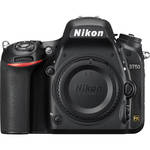 The first impression you get when taking a Nikon D750 out of the box is that it is the perfect size and shape for a DSLR (at least for me). It is smaller and lighter than other "semi-pro" models, with a deep hand grip that makes it easy to carry in one hand – even without a strap. It’s no mirrorless or rangefinder, but a pleasant change from larger DSLRs.
The first impression you get when taking a Nikon D750 out of the box is that it is the perfect size and shape for a DSLR (at least for me). It is smaller and lighter than other "semi-pro" models, with a deep hand grip that makes it easy to carry in one hand – even without a strap. It’s no mirrorless or rangefinder, but a pleasant change from larger DSLRs.
As you look around the camera, you notice it has the prosumer control setup (like the Nikon D610 and Nikon D7100), not the “pro” version like the Nikon D4S or the Nikon D810. For me, that’s a negative as I hate having to play hide and seek for the ISO and Quality buttons on the back. But if you enjoy having a full mode dial on top of the camera, including user presets, the D750 offers the improved “locking” version.
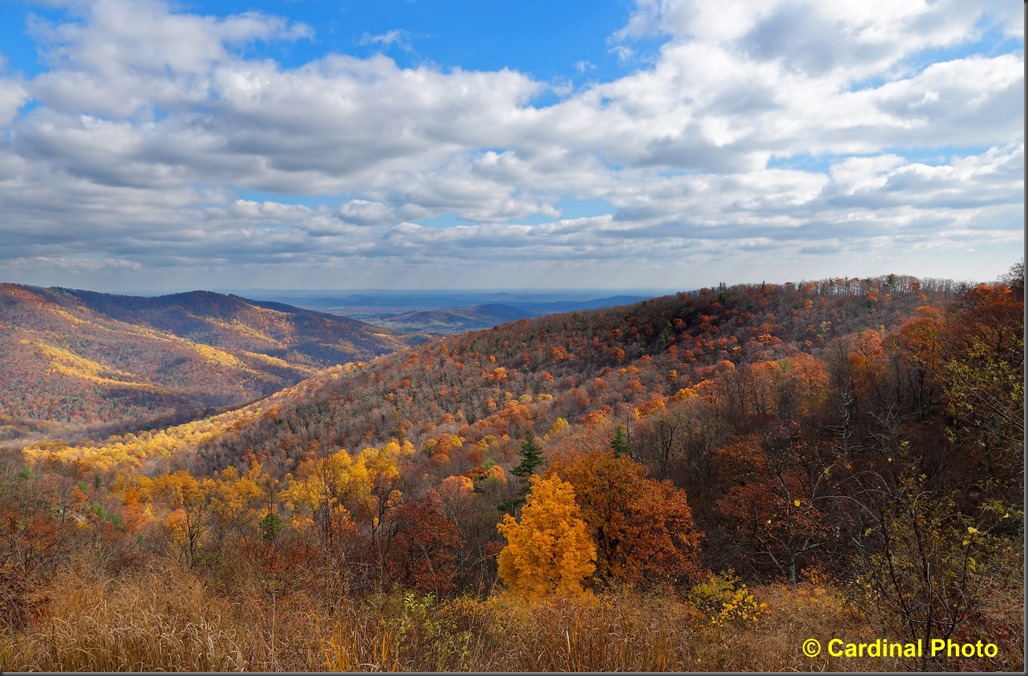
The Nikon D750 certainly offers amazing images from its 24MP sensor, although they are not quite as detailed as from the 36MP Nikon D810
Nikon D750, Tamron 24-70mm f/2.8 Lens, f/13 @ 1/160s, ISO 250 @ 24mm
Image processed with DxO Optics Pro 10 using ClearView to help cut through the haze
Best Prosumer Sensor yet?
Without a doubt, the Nikon D750 features the best sensor Nikon has ever put in a prosumer camera body. That said, it doesn’t exactly blow the doors off the excellent Nikon D610 in DxOMark’s tests:
Except for an imperceptible bump in ISO, the Nikon D750 doesn’t best either of the other two models in any meaningful way, score-wise. I’ll be curious to see the test results with specific lenses as well, once those are available. It certainly doesn’t make the sensor jump out as a reason to swap models if you already have one of the other current Nikon full-frame DSLRs.
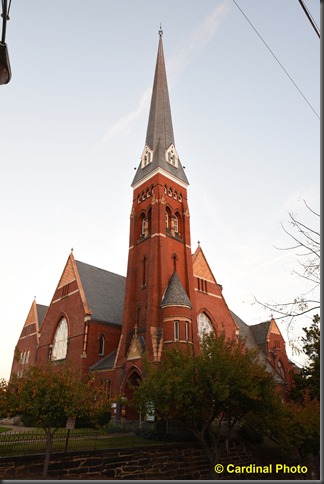
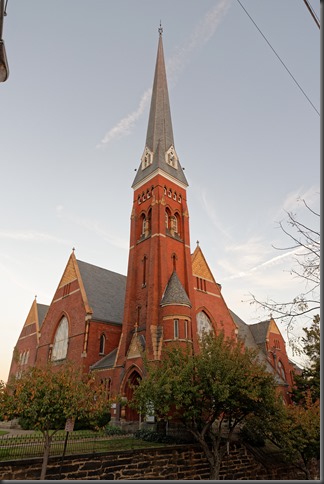
The D750 does an awesome job with high-dynamic-range scenes. The image on the left is the untouched JPEG.
On the right, you can see the detail available when the Raw is used – in this case with DxO Optics Pro 10’s HDR preset
Spoiled by the 36MP of my Nikon D810
When I first purchased my Nikon D810, it wasn’t for the resolution. It was for the high dynamic range, color reproduction, and excellent Autofocus. But I’ve apparently grown used to the amazing detail – and lack of an Anti-aliasing filter -- as I found myself pixel peeping at scenics I captured with the Nikon D750 and wishing they had a little more resolution. Of course, if I’d never owned a Nikon D800 or Nikon D810, I probably wouldn’t have worried – as the 24MP sensor on the Nikon D750 certainly delivers images as good or better than any other camera with a similar resolution.
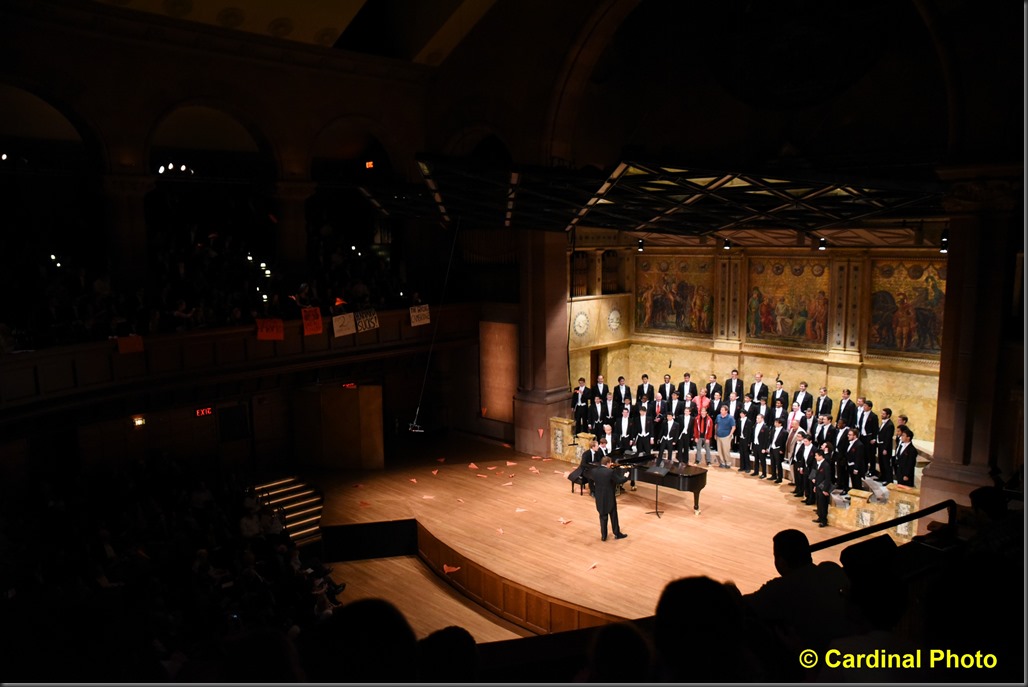
As testing shows, the Nikon D750 is awesome in low light – demonstrated by this ISO 6400 native JPEG
Nikon D750, Tamron 24-70mm f/2.8 Lens @ 26mm, f/2.8 @ 1/500s, ISO 6400, –2 Exposure Comp.
Fulfilling my need for speed
One thing I haven’t gotten used to with my other full-frame prosumer bodies is the relatively slow shutter speed. The 6.5fps of the Nikon D750 makes it a joy to use for action situations. It goes without saying that 8+ fps would of course be better, but it is noticeably quicker than my Nikon D810 and Nikon D610. The faster shutter is coupled with the upgraded AF sub-system found in Nikon’s newest, top-of-the-line, models, so it delivers all around.
Autofocus pros and cons
The Autofocus is really fast, and supports the now familiar bewildering array of modes and options, so there is a way to tweak it for just about any situation. It features the most current Nikon AF module, so it is as fast as anything out there, which is great. Some reviewers have said that it is faster than the Nikon D810. I’m not convinced of that, but it is certainly at least as fast. Of course, one reason it might be faster is that it is working on a smaller portion of the image (the AF sensors are closer together, which for me isn’t a good thing).
Because the AF sensors are grouped close together, like the ones on the Nikon D610 (and Nikon D600), and not spread out further like the ones on the Nikon D810 (and Nikon D800), it is harder to compose images with the subject off-center. I really, really like having AF points available throughout the image (the way we did with both film and with all the early DX-format pro DSLRs). Many photographers overcome this limit by using the AF-Lock button and recomposing, but that involves an extra step and an extra finger. I’m a huge fan of selecting an AF point with the “joystick” on the back of the camera and firing away. It has always worked well for me and at least in my case I miss less shots than fiddling with a lock button.
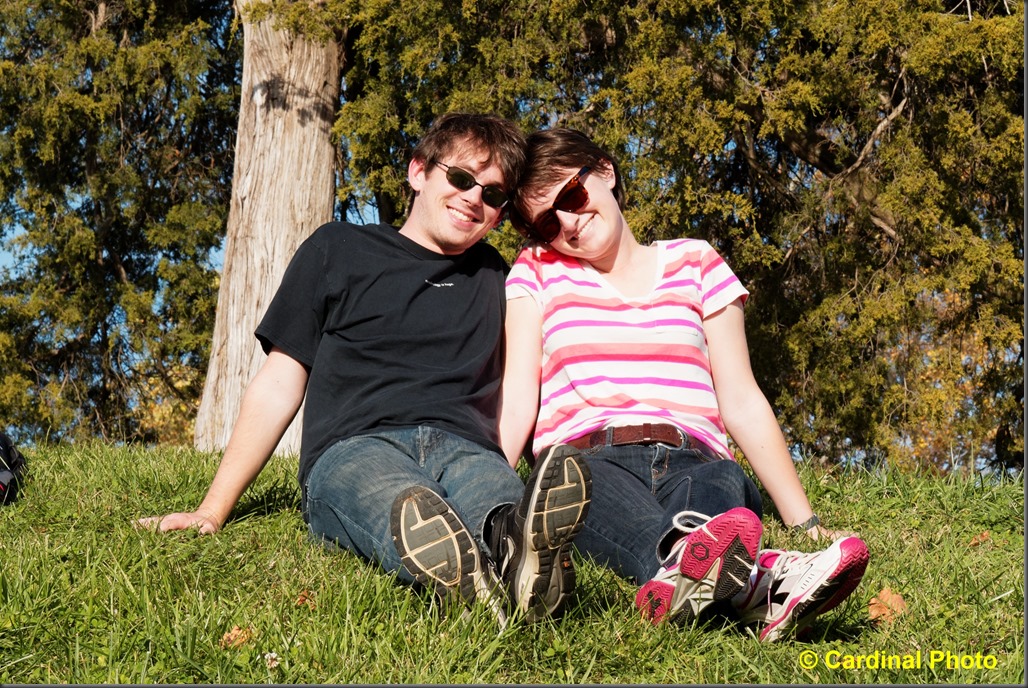
The small size and light weight of the Nikon D750 make it a perfect walking around camera for casual shots like this one.
Nikon D750, Tamron 24-70mm f/2.8 Lens @ 70mm, f/16 @ 1/320s, ISO 640
SD Cards versus CompactFlash slot
The Nikon D750 also offers 2 SD card slots instead of 1 SD slot and 1 CF slot like the Nikon D810. Personally, I now find that a real plus. My Dell laptop can transfer images off a fast SD card at over 80MB/s using its built-in reader, so I don’t need to carry an external reader except as an emergency backup. So the CF slot on my Nikon D810 is only ever used if I accidentally over-run the primary slot (not too likely when you can get 64GB 95 MB/second Sandisk Extreme Pro UHS-1 cards for $99 at B&H!)
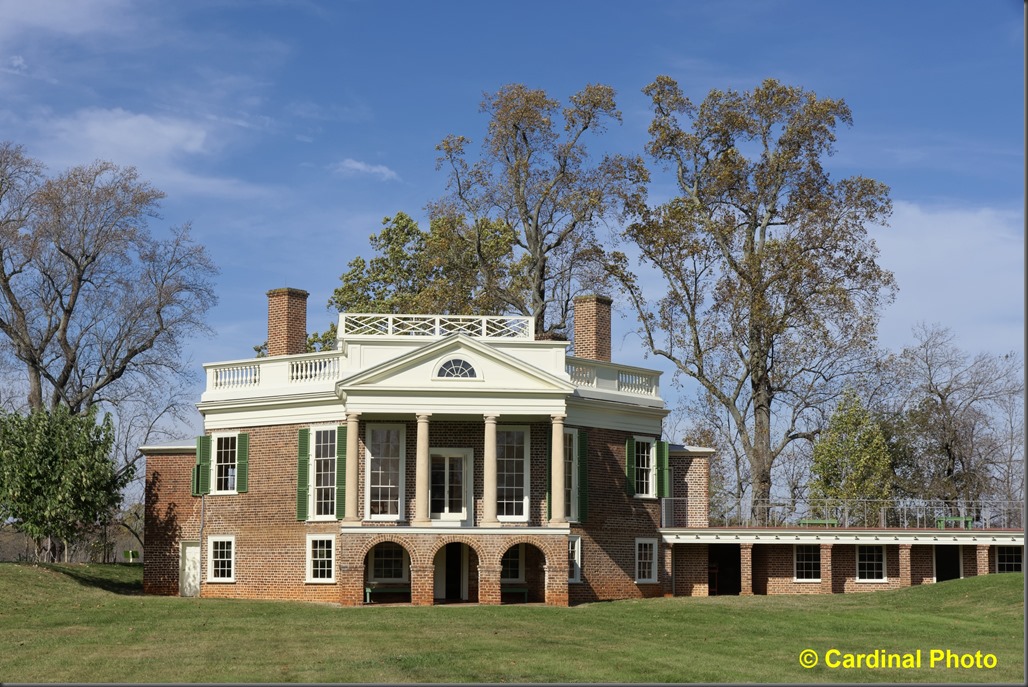
Probably because I’ve been reviewing too many cameras, I found myself pixel-peeping down to the level of the leaves in this image, trying to guess how my Nikon D810 would have done. That’s probably a bit silly, since if you take a step back you realize that only standing directly next to a poster-sized print would you see a major difference. So while I’m very spoiled by my Nikon D810, it is really hard to find fault with the image quality of the Nikon D750.
Obviously, the tradeoffs are different if you are also shooting with an older DSLR that still uses CompactFlash, or one of the flagship pro models that has at least one CF slot. Personally, except for the slightly increased fragility (and perhaps more fumbling in cold weather) I’m a huge fan of the smaller, less-expensive SD cards now that they have almost equaled the speed of the fastest CF cards.
Is the Nikon D750 really better than the Nikon D810 at high ISO?
While test results show the Nikon D750 edging out the Nikon D810 at high ISO, from reading many reviews you’d think it was in an entirely different league. I was skeptical about that, so I decided to try and experiment of my own. I first verified that indeed JPEGs shot at 6400 ISO by the Nikon D750 had visibly lower noise than JPEGs at ISO 6400 from the Nikon D810. But what I wanted to find out is whether the Nikon D750 really had a better sensor (e.g. Raw capture) or “just” better firmware that does the noise reduction for JPEG output. So I shot my favorite eye chart (literally) at ISO 6400 with both cameras, and then took a pixel-peeping crop of each of the resulting Raw files:
Nikon D750 ISO 6400 Pixel-peeping raw crop (no noise reduction):
Nikon D810 ISO 6400 Pixel-peeping raw crop (no noise reduction):

(Note that this crop is larger because the D810 has greater resolution.
If you downscale the 36MP to 24MP like the Nikon D750, the difference in noise is very, very hard to see)
The Nikon D810 Raw image after process with DxO PRIME noise reduction:
My Conclusions on high ISO:
If you need to shoot high-ISO JPEGs out of the camera, the Nikon D750 definitely has a visible advantage over the Nikon D810. However, if you are shooting Raw the difference is much smaller and harder to see. It can also be corrected with good post-processing noise reduction.
Should you buy a Nikon D750?
This one turns out to be a simpler question to answer than with some of Nikon’s other recent models:
Yes, you should seriously consider buying one if:
- You are hanging on to a Nikon D300/300S hoping in vain for Nikon to release an update, and don’t want to move “down” in features to a Nikon D7100 – and are interested and willing to go full-frame with all that that entails.
- If you are looking for a full-frame for sports, wildlife, or other action settings and aren’t going to spring for a 3 lb., $6000 Nikon D4S.
- If you need another prosumer body to backup your Nikon D610 or Nikon D810, and want one that will work nicely for walking around.
- If you need to shoot in-camera JPEGs in low light (high ISO) regularly.
No, you probably shouldn’t buy one if:
-
You have a Nikon D610 or Nikon D600 and are happy with it
(PS – If you have a Nikon D600 do yourself a favor and make sure you get the free shutter update!) - You have a Nikon D810 or Nikon D800 and are happy with it
Possibly, if:
- You have been shooting with a Nikon D7100 and are thinking about whether you want to move to full-frame. Your choices are the Nikon D750, or for $1000 more the NIkon D810 – with its higher-resolution, pro-style controls, and slower frame rate. The Nikon D750 will have a more familiar interface and a pair of SD slots, making it an easier transition.
Buying a Nikon D750
If you already shoot full-frame and just want the new body, B&H has the Nikon D750 competitively priced at $2297. However, if you are just moving to full-frame, or are interested in upgrading your current mid-range zoom, B&H has the D750 bundled with the excellent Nikon 24-120 f/4 lens, all for $2997.




